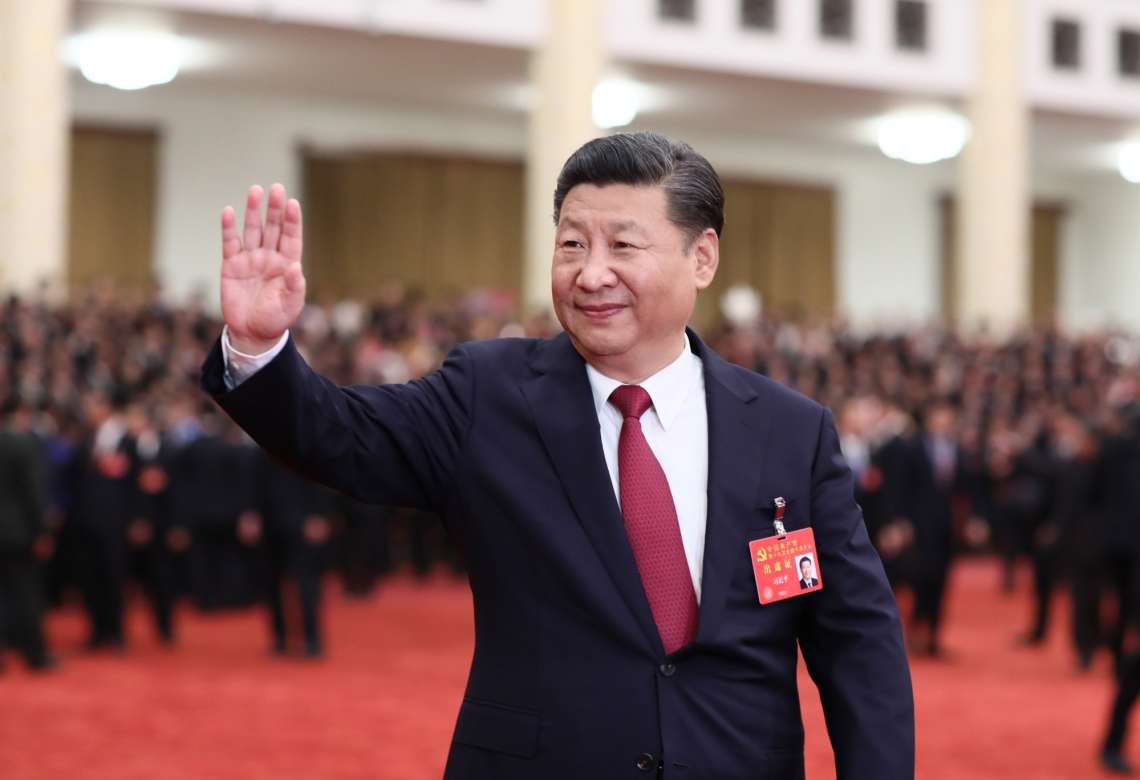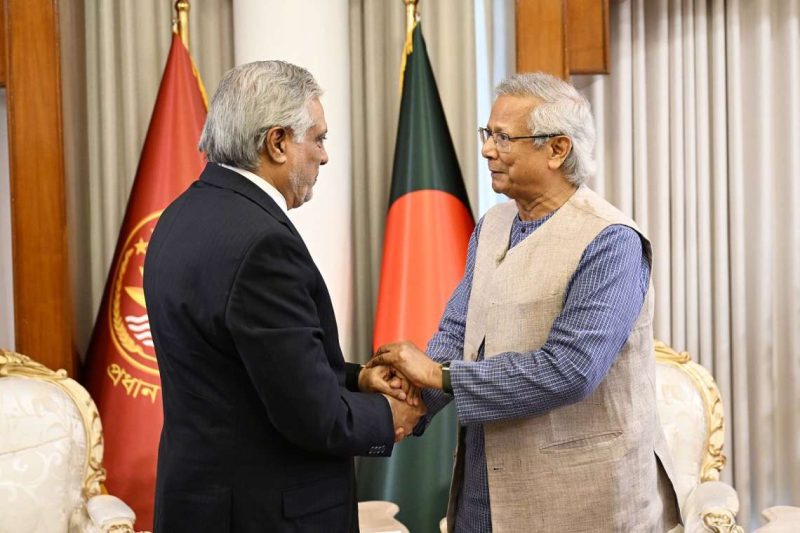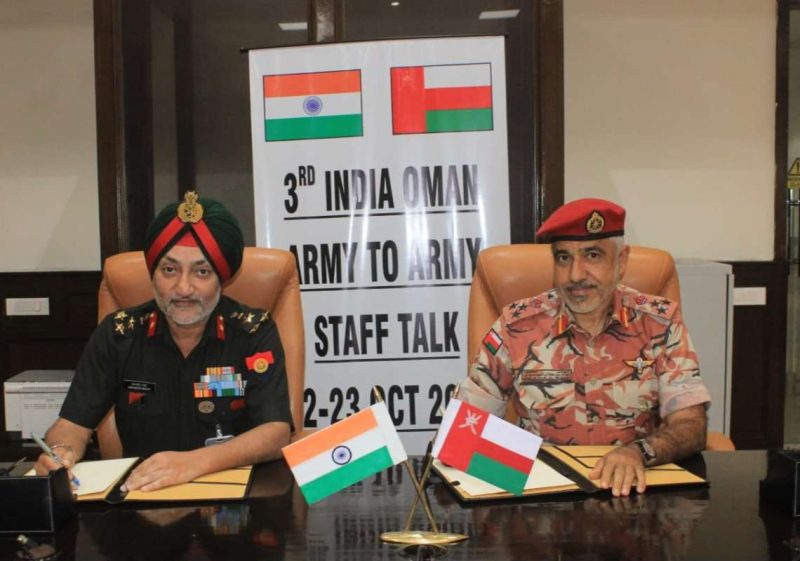China’s abrupt pivot from Covid Zero in early December (2022) unleashed a surge of omicron infections and led to 59,938 virus-related deaths in the nation’s hospitals…reports Asian Lite News
The nearly 60,000 Covid-related deaths China reported for the first five weeks of its current outbreak, the largest the world has ever seen, may underestimate the true toll by hundreds of thousands of fatalities, experts were quoted as saying in a media report.
China’s abrupt pivot from Covid Zero in early December (2022) unleashed a surge of omicron infections and led to 59,938 virus-related deaths in the nation’s hospitals through January 12, Bloomberg news agency reported, citing the figures disclosed by the National Health Commission.
While the number swamps the few dozen deaths previously recorded in the official tally – which drew widespread criticism both at home and abroad, including from the World Health Organization (WHO) – experts say it’s still likely to be an underestimate given the enormous scale of the outbreak and the mortality rates seen at the height of omicron waves in other countries that initially pursued a Covid Zero strategy, the news agency reported.
“This reported number of Covid-19 deaths might be the tip of the iceberg,” Zuo-Feng Zhang, chair of the department of epidemiology at the Fielding School of Public Health at University of California, Los Angeles was quoted by the news agency as saying.
While the figure is roughly in line with what Zhang estimated might be coming from the country’s hospitals, he said it’s only a fraction of the total Covid deaths across the country.
Using a report from the National School of Development at Peking University that found 64 per cent of the population was infected by mid-January, he estimated 900,000 people would have died in the previous five weeks based on a conservative 0.1 per cent case fatality rate. That means the official hospital death count is less than 7 per cent of the total mortality seen during the outbreak, the news agency reported.

The official toll translates to 1.17 deaths daily for every million people in the country over the course of five weeks, according to a Bloomberg analysis. That’s well below the average daily mortality rate seen in other countries that initially pursued Covid Zero or managed to contain the virus after relaxing their pandemic rules.
When omicron hit South Korea, daily deaths quickly climbed to nearly seven for every 1 million people. Australia and New Zealand saw mortality nearing or topping four per million a day during their first winters with omicron. Even Singapore, which had a well-planned and gradual shift away from its zero tolerance approach, had deaths peak at about two per million people daily.
“These figures would suggest that China is having a very mild wave, with very few deaths per case,” Louise Blair, head of vaccines and epidemiology at the London-based predictive health analytics firm Airfinity, was quoted by the news agency as saying. “It would be the lowest of any country/region abandoning a zero Covid policy.”
It could be that many of the country’s deaths occurred in nursing care facilities or at home, explaining some of the undercount, Blair said, as China’s latest disclosure only counted hospital deaths. Reports of overwhelmed crematoriums around the country suggest excess mortality is at a high level.
WHO Director-General Tedros Adhanom Ghebreyesus recently spoke with Ma Xiaowei, the director of China’s National Health Commission, about the Covid-19 situation in the country. “WHO appreciates this meeting, as well as the public release of information on the overall situation,” the United Nations’ health agency said in a statement.
Chinese officials have provided information to the WHO on a range of topics, including outpatient clinics, hospitalisations, patients requiring emergency treatment and critical care, and hospital deaths related to Covid-19 infection.
The WHO is currently analysing the information, which covers early December 2022 to January 12, 2023, and allows for a “better understanding of the epidemiological situation and the impact of this wave in China”.














